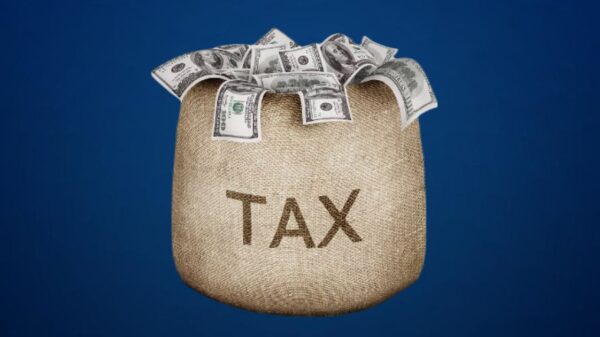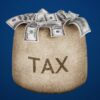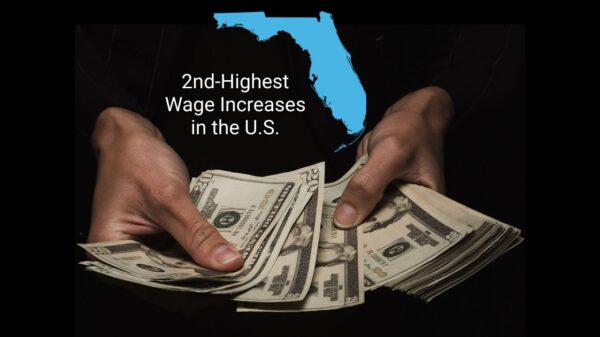The U.S. Supreme Court dealt a blow to the Biden administration’s plan on forgiving billions in student loan forgiveness.
The court rejected to hear a request from the U.S. Department of Education (DOE) over the issue, meaning the lower courts will decide the case.
After hearing challenges from Florida’s Attorney General Ashley Moody and other state Attorney Generals, the Eighth Circuit Court of Appeals put a hold on the Biden rule in June of this year.
After the high court struck down Biden’s first round of student loan forgiveness, they decided to give it a second try.
This time, it was based on income. In August 2023, the DOE announced it would take a second shot at enrolling more than 8 million borrowers. The DOE said the program helped eliminate $5.5 billion of student loans for more than 400,000 borrowers.
However, Moody argued that the White House had no authority to grant forgiveness and that the U.S. Congress didn’t authorize the program.
As of July, of this year, student loan debt in the U.S. was $1.7 trillion. This includes both federal and private student loans, with federal loans making up 91.2% of the total.
The average federal student loan debt is almost $38,000. Analysts say student loan debt is one of the fastest-growing types of household debt, around 9.8% of all household debt.
The government does have programs to help with student loan forgiveness.
The Public Service Loan Forgiveness (PSLF). If you work full-time for a government or nonprofit organization, you may qualify for forgiveness of the entire remaining balance of your Direct Loans after you’ve made 120 qualifying payments—i.e., 10 years of payments.
Also, financial advisers recommend some options to help lower or temporarily suspend your student loan payments.
Switch Repayment Plans. Update your Current IDR plan, income-driven repayment. Get temporary relief: deferment or forbearance and review your loan forgiveness options.



















